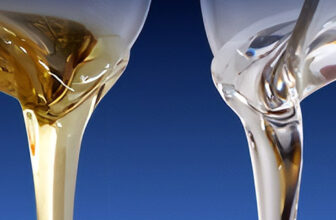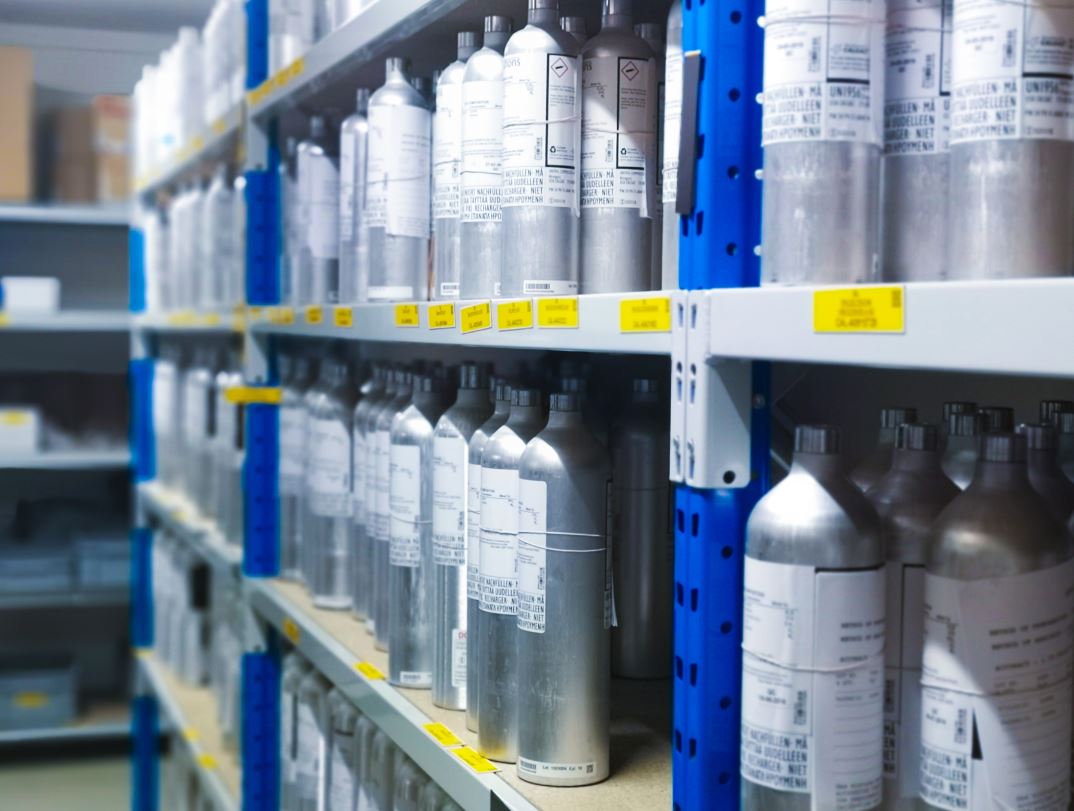
Calibration gases play a crucial role in ensuring the accuracy and reliability of various gas detection and monitoring instruments. These specialty gases help maintain safety and compliance in industries where the presence of certain gases can pose risks to human health or the environment.
It is used in industries where precision measurements are paramount such as environmental monitoring, mining, firefighting, manufacturing, or even refrigeration, instrument accuracy is the foundation of reliable data and worker safety. Calibration gas plays a pivotal role in achieving this accuracy.
In this guide, we’ll explore the different types of calibration gases, their applications, and the importance of using high-quality calibration gas mixtures.
Table of Contents
What are Calibration Gases?
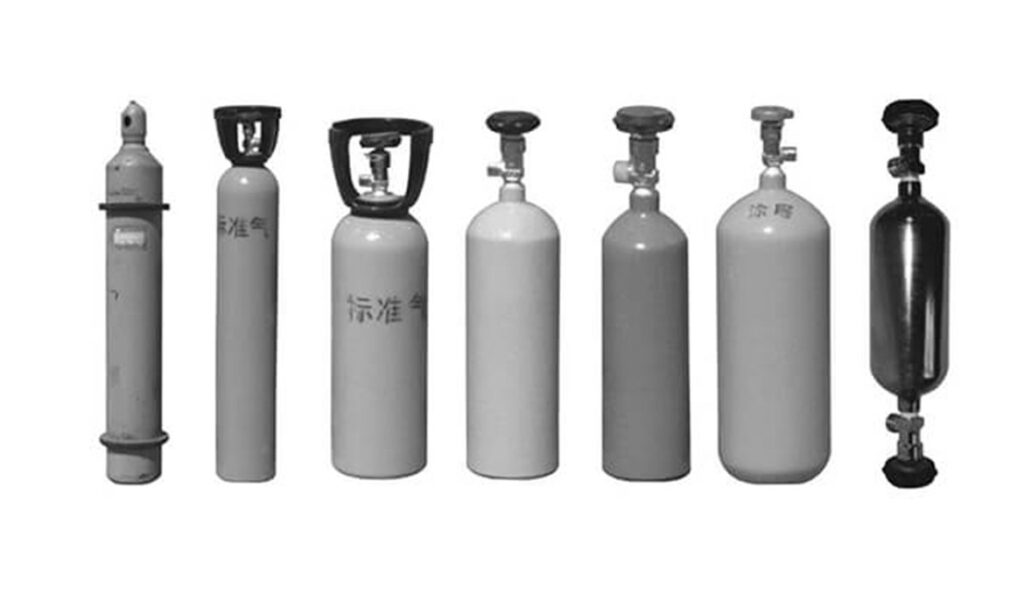
Source: ckcryo.com
Calibration gases are used in a variety of applications to ensure the safe and accurate operation of gas detection equipment. They are used to both calibrate and functionally test gas detectors.
Regular calibration and maintenance of gas detection equipment is essential to ensure. It is operating correctly and providing full protection. Calibration gas canisters are used in area monitoring, leak detection, hot work, confined space entry, and personal protection applications.
Most gas calibration gases are classified as “non-toxic, non-flammable” gases.
Types of Calibration Gases
- Single Component Calibration Gases: Single component calibration gases contain only one type of gas, mixed with a balance gas such as nitrogen or air. These gases are used to calibrate instruments designed to detect a specific gas, ensuring that the device can accurately measure its concentration.
- Multi-Component Calibration Gases: Multi-component calibration gases consist of multiple gases mixed in specific concentrations. These gas mixtures are used to calibrate instruments that detect and measure various gases simultaneously. By using a multi-component calibration gas, you can ensure that your instrument is accurately measuring the concentrations of all target gases.
- Certified Calibration Gases: Certified calibration gases are high-quality gas mixtures that come with a certificate of analysis, guaranteeing their composition and accuracy. These gases are traceable to internationally recognized standards, such as those established by the National Institute of Standards and Technology (NIST). Using certified calibration gases is crucial for maintaining the accuracy and reliability of your gas detection and monitoring instruments.
Applications of Calibration Gases
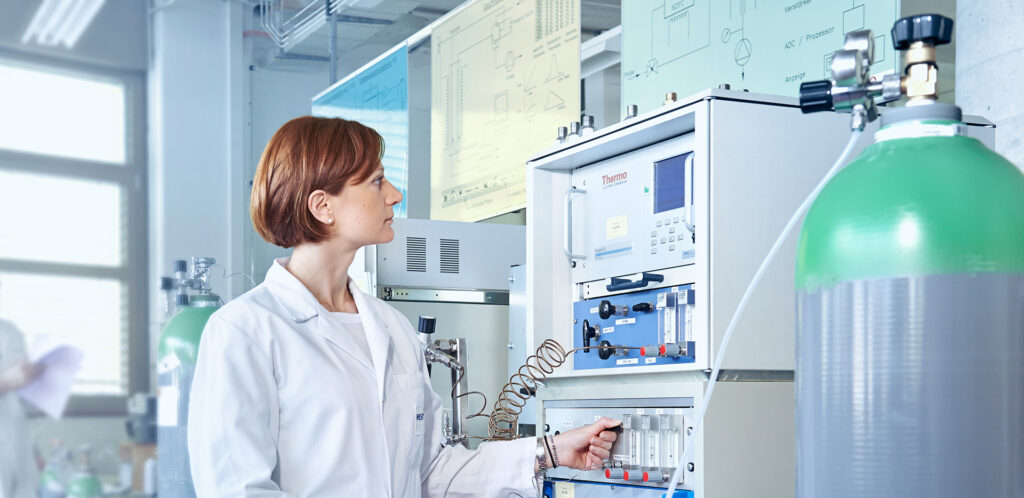
Source: specialtygases.messergroup.com
- Industrial Safety: Calibration gases are essential for ensuring the safety of workers in industries where hazardous gases may be present, such as oil and gas, chemical manufacturing, and wastewater treatment. By regularly calibrating gas detection devices, companies can maintain a safe working environment and comply with occupational health and safety regulations.
- Environmental Monitoring: Government agencies and environmental organizations use calibration gases to monitor air quality and ensure compliance with environmental regulations. These gases help maintain the accuracy of air quality monitoring instruments, which are critical for detecting pollutants and protecting public health.
- Laboratory and Research: Calibration gases are used in laboratory and research settings to ensure the accuracy of analytical instruments, such as gas chromatographs and mass spectrometers. These instruments require regular calibration to maintain their precision and reliability, making calibration gases an essential tool for researchers and scientists.
Choosing the Right Calibration Gas
Selecting the appropriate calibration gas for your application depends on several factors, including the type of gas detection instrument, the target gases, and the required accuracy.
It’s essential to choose a calibration gas with a certified concentration that closely matches the expected range of the gases you’re monitoring. Additionally, consider the gas mixture’s stability, shelf life, and storage requirements to ensure that your calibration gas remains effective over time.
The Importance of Regular Calibration
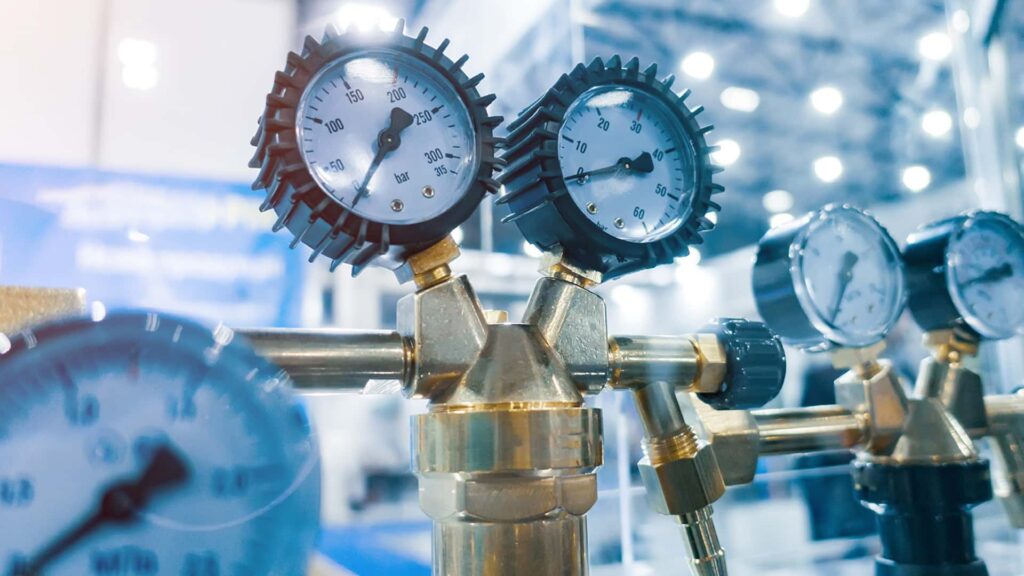
Source: golighthouse.com
Regularly calibrating your gas detection and monitoring instruments is crucial for maintaining their accuracy and reliability. Over time, these devices can drift out of calibration, leading to inaccurate readings that may compromise safety or compliance.
By using high-quality calibration gases and following the manufacturer’s recommended calibration schedule, you can ensure that your instruments continue to provide accurate and reliable measurements.
FAQ
What is the purpose of calibration gases?
Calibration gases are used to test, adjust, and calibrate gas detection and monitoring devices to ensure they provide accurate readings. This helps maintain safety and compliance in industries where the presence of certain gases can pose risks to human health or the environment.
How often should I calibrate my gas detection and monitoring instruments?
The frequency of calibration depends on the manufacturer’s recommendations, industry standards, and regulatory requirements. Generally, it is recommended to calibrate gas detection instruments every three to six months. However, some devices may require more frequent calibration, especially if they are used in harsh environments or exposed to high concentrations of target gases.
What is the difference between single-component and multi-component calibration gases?
Single-component calibration gases contain only one type of gas mixed with a balance gas, while multi-component calibration gases consist of multiple gases mixed in specific concentrations. Single-component gases are used to calibrate instruments designed to detect a specific gas, while multi-component gases are used for instruments that detect and measure various gases simultaneously.
How should I store calibration gases to ensure their effectiveness?
Calibration gases should be stored in a cool, dry, and well-ventilated area, away from direct sunlight and heat sources. It is essential to follow the manufacturer’s storage instructions, as some gases may have specific storage requirements, such as maintaining a certain pressure or temperature range. Additionally, ensure that the gas cylinders are securely capped and protected from physical damage during storage and transportation.
What is an example of calibration in real life?
A person typically performs a calibration to determine the error or verify the accuracy of the DUT’s unknown value. As a basic example, you could perform a calibration by measuring the temperature of a DUT thermometer in water at the known boiling point (212 degrees Fahrenheit) to learn the error of the thermometer.
Conclusion
Calibration gases are an essential tool for ensuring the accuracy and reliability of gas detection and monitoring instruments. By understanding the different types of calibration gases and their applications, you can make informed decisions about the best calibration gas mixtures for your specific needs. Regular calibration using high-quality, certified gases is crucial for maintaining safety, compliance, and accurate data in various industries and research settings.






